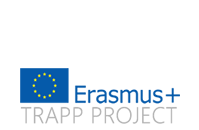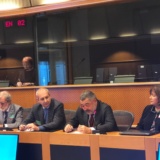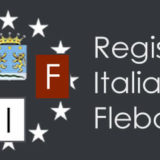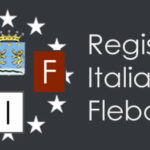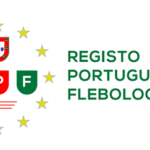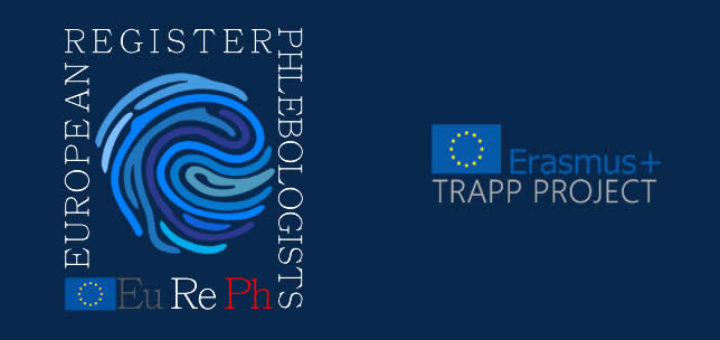
a) NEEDS
Phlebology is a medical specialization devoted to diagnosis and treatment of venous and lymphatic disorders. The incidence of these diseases in EU is increasing. It is estimated that in 2050 roughly 35% of population will be affected compared to the current 25%. This is the effect of increased life expectancy and obesity. Such a widespread pathology is a heavy burden for society in terms of costs of health care services and hours of work lost. It is considered that the treatment of these diseases will affect more than 1% of the national health budgets in Europe. Changing needs of the labour market are expected in future and more qualified specialists in phlebology will be required. Estimations are difficult because there are no precise data; however, considering the number of surgical varicose veins operations (eg: in Italy, it amounts to 32,6% of the total vascular surgery), we can estimate that between 650 and 800 phlebologists per year will be needed in Europe.
To deal appropriately with these diseases it is necessary to have specialized professional figures trained with common quality standards. Until now the specialization in phlebology is not recognized in Member States and no professional title is granted. The current practice is to have other specialists (such as dermatologists, vascular surgeons, etc.) who also treat persons affected by venous and lymphatic diseases. It is evident that doctors specialized in other areas can not fully ensure a correct treatment of the patient, with all the related risks. Current specialisation courses have few hours dedicated to the study of phlebology, estimated in around 20% of the total number of the credits awarded.
National phlebological associations are promoting the phlebological culture, training and re-training of experts through local courses, but only in certain cases VET accreditation have been achieved (for example in Italy and Romania). International organizations have been set up to prepare recommendations on the training of phlebology, such as the Union Internationale de Phlébologie (UIP) and the European Venous Forum, or to foster the training and research of practitioners, such as the European College of Phlebology.
While a general understanding of the problem exists in the scientific society a clear solution has not yet been found: for example, no European occupational profile of phlebologists and no harmonization in the framework of the ECVET and NQF exist. It is then urgent to define a training path for experts in phlebology and the professional qualifications of the phlebologist at EU level, also to pave the way for the creation of a new ESCO profile.
b) OBJECTIVES
TRAPP wants to achieve the recognition of the profession of phlebologist. This will be made through the creation of a European VET curriculum in phlebology with learning outcomes, recognition of titles through ECVET credits and inclusion of the competences in the National Qualification Frameworks. The curriculum will be accompanied by a EU definition of professional profile.
c) TARGET GROUPS
Direct target groups are:
- Doctors specialized in phlebology: as we have extensively described, these professionals currently suffer from the lack of recognition of their competence . At the end of the project TRAPP they will benefit from the recognition of their qualification at national and European level and will have a more job-oriented profile. This will improve their employability, increasing significantly their career opportunities. On the other hand they will benefit from an increased intra-European mobility thanks to a common definition of expert in phlebology at EU level, the ECVET accreditation of the competences that they have acquired and the inclusion of their qualification in the National Qualification Frameworks;
- VET Trainers: through the use of new and modern teaching instruments, methodologies and contents – that makes extensive use of ICT technologies – they will increase their teaching competences and will have new criteria available to assess learning outcomes and knowledge acquired by the trainees. The introduction of a new e-learning platform will also facilitate, speed-up and make more attractive the teaching activity.
d) TRANSNATIONALITY
A transnational approach is necessary to solve the problem, as no EU-wide analysis of the problem has yet been carried out. Numerous activities at national level have brought limited solutions that can be applied only inside national borders, including certification. No significant recommendations or regulations to implement the European VET standards in the area have yet been approved. Only a common work, sharing of solutions and strategies could contribute to eliminating the current barriers and fragmentations at national level, with the view of developing a first EU-wide VET strategy for the benefit of the doctors specialised in phlebology, patients, hospitals and other health care structures.

